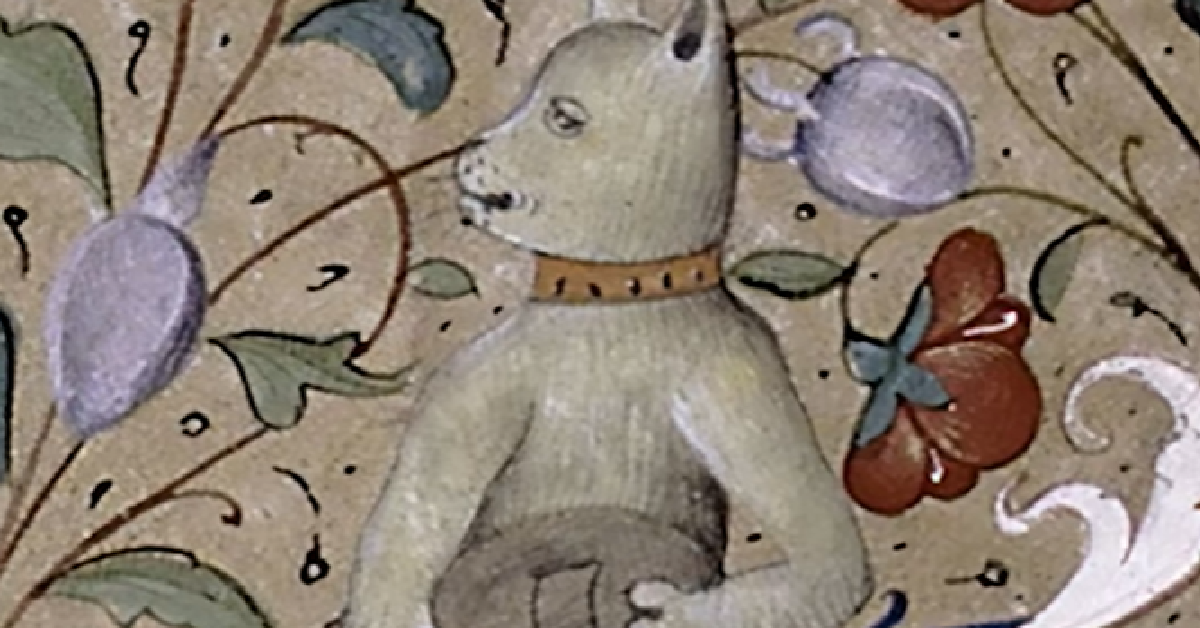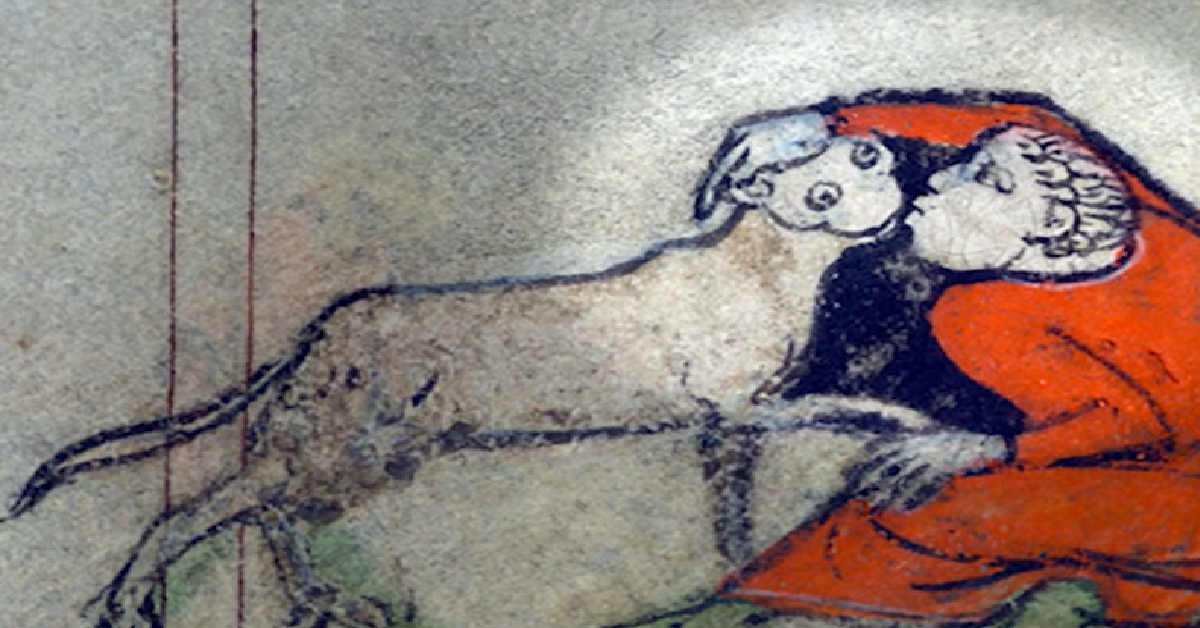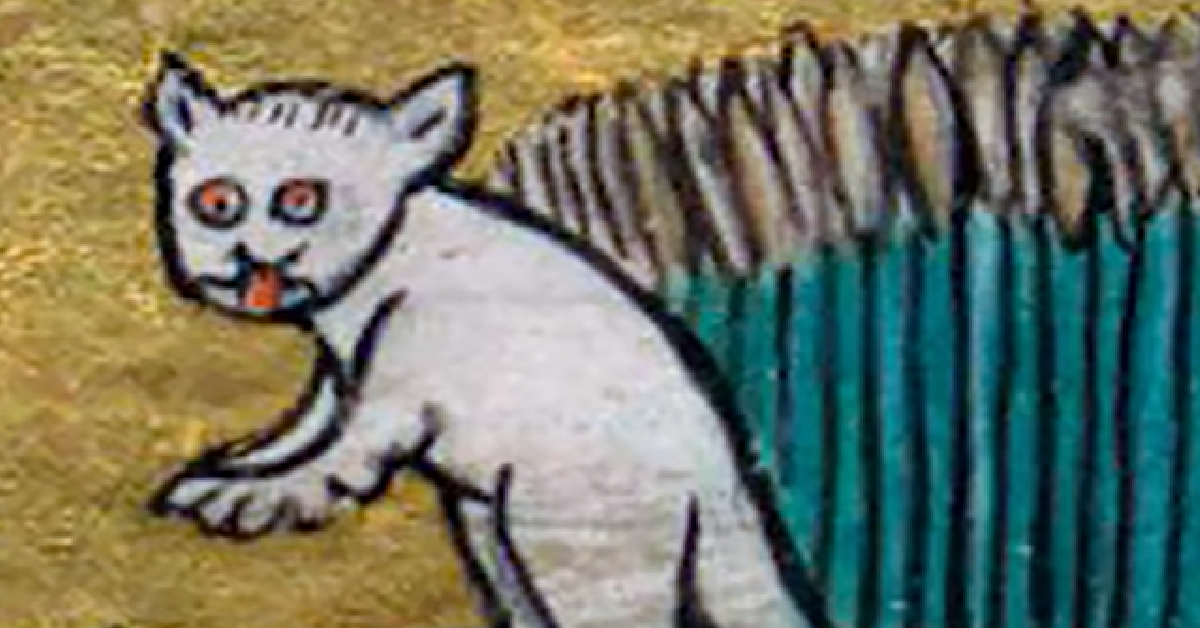Why Cats Look So Weird In Medieval Paintings
They were painted so strangely on purpose.
Human beings are still working on the technology that will make us live forever. But while we wait for the discovery of the so-called fountain of youth, there is still one surefire way to be immortal: get a creative person to create something in your likeness.
If you look at history, those who’ve been loved by creatively inclined people never truly died. They lived on in the works of their creative partners. Whether tragically unrequited or happily ever after, many greats throughout history have created a way through which a person can be remembered forever.

Poets and writers immortalized the loves of their lives on the pages of their works, artists painted their loves onto canvases, and musicians penned love songs that we still sing along to, to this day. So yeah, if you want to be remembered, have a creative person fall in love with you.
Unfortunately, not all artistic expressions were flattering for those who were painted into a picture. Take the cats of the Medieval era. They’re a prime example of being done dirty by an artist.

While we know cats to be cute and painfully adorable fur balls, the depictions of them in Medieval art are anything but flattering. In fact, it makes cats as a whole look like really scary, ugly creatures. Interestingly enough, the cause of this level of influence on artists of the time was actually religion!
As one video by Cheddar explains, “It wasn’t actually bad artists that turned cats into tiny little gremlins. There’s one main reason why. It’s the Catholic Church.”

The video went on to explain, “Before Christianity was widespread in Europe, cats were well-loved by the ancient Greeks Romans and Egyptians and were often considered divine in their respective religions. Cats were also mainly associated with the feminine. …Obviously, this wasn’t going to fly with the Christians.”
Watch the video below where it gives the full explanation for why cats in Medieval paintings were less than adorable:
What do you think of this art history lesson? Did you already know this? Let us know!
SKM: below-content placeholderWhizzco for DOT

